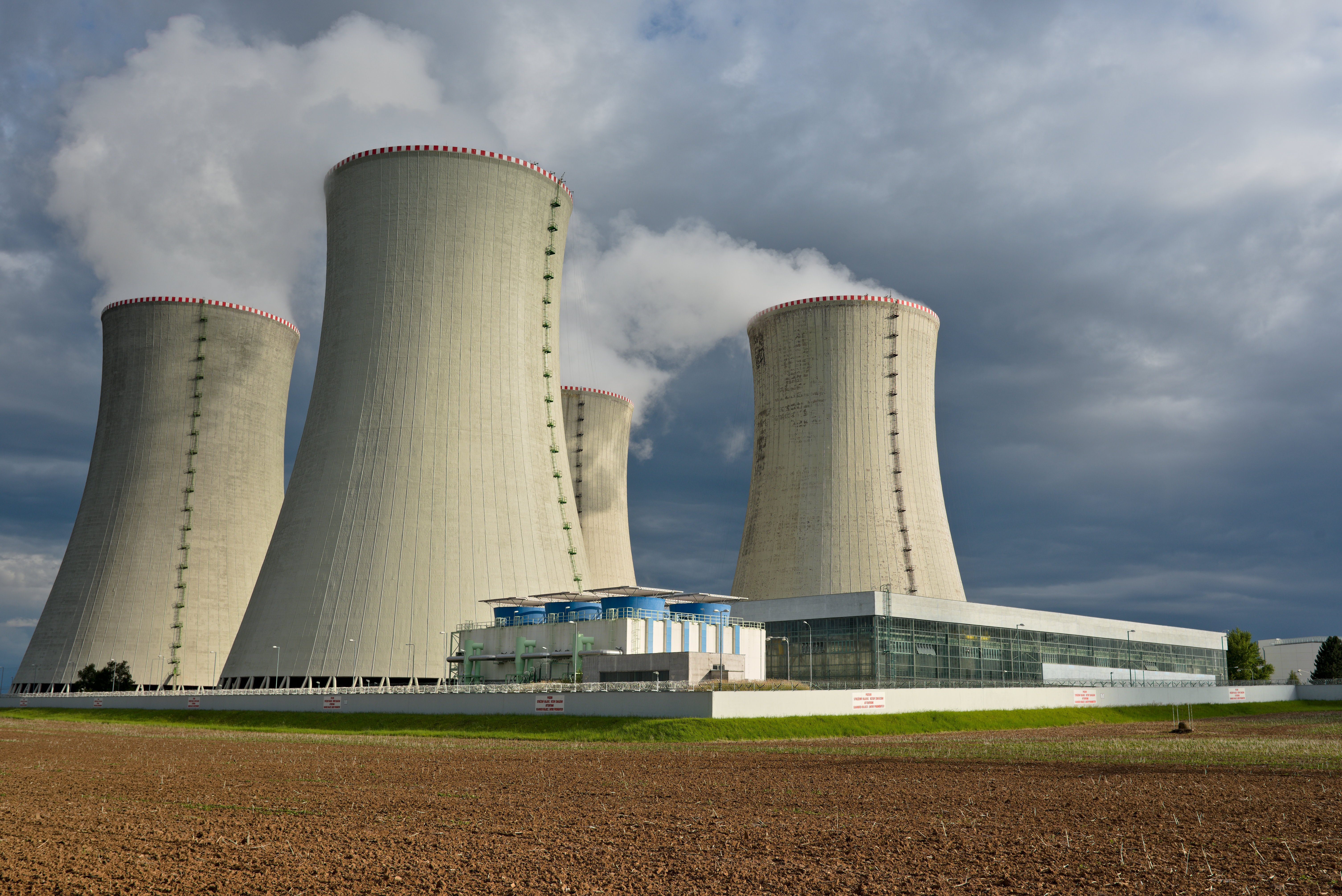About
Despite having a negligible climate impact compared to fossil fuels, many countries have substantially decreased the share of their electricity production from nuclear sources. This is due in large part to concerns about long-term solutions for storing nuclear waste and public fears of catastrophic nuclear accidents. These fears intensified considerably following the incidents at Three Mile Island in 1979, Chernobyl in 1986, and Fukushima in 2011. The decision to phase-out nuclear production in many countries seems to suggest that the expected costs of nuclear power exceed the benefits. Yet, there remains considerable uncertainty about some of these costs and benefits as there is a glaring lack of empirical studies quantifying the full range of economic and environmental impacts from large-scale nuclear sector closures.
To address this gap, we documented the impact of the phase-out of nuclear power in Germany on multiple market and environmental outcomes, with a focus on the shutdown of ten nuclear reactors in Germany that occurred between 2011 and 2017 following the Fukushima accident in Japan.
